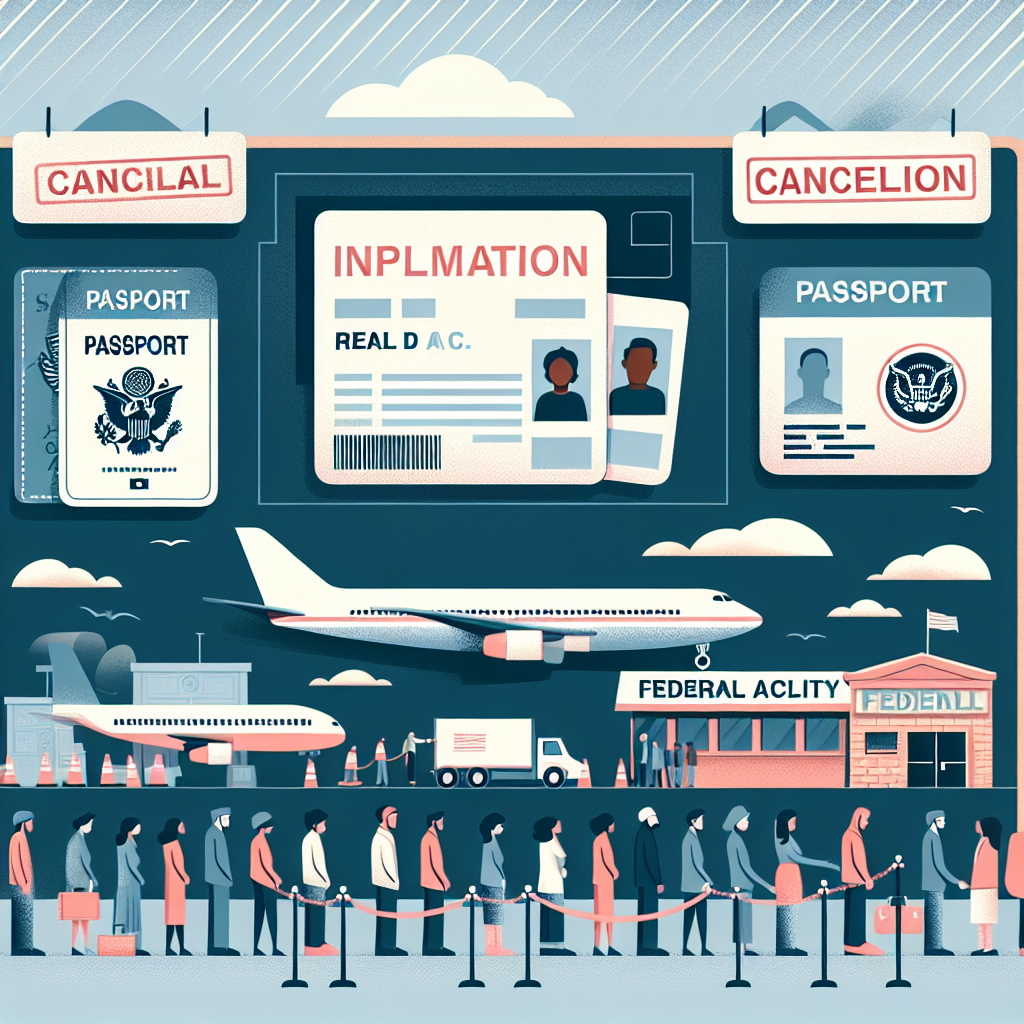Starting from today, May 7th, the convenience of being able to travel by plane or access federal facilities in New York with a valid U.S. driver’s license, even without a valid Chinese passport or while waiting for immigration status, may no longer apply due to the implementation of the Real ID Act.
To avoid potential disruptions, Mr. Gu, a resident of Queens, went to the DMV in Garden City, Long Island yesterday to apply for a Real ID but was ultimately unsuccessful.
Mr. Gu said that since the DMV in Flushing had no available appointment slots, he had made an appointment a month in advance for May 6th. Following the guidance on the DMV website, he prepared four required documents, including two proofs of address (bank statements and driver’s license), a C8 employment authorization document (EAD card), and a Social Security Number (SSN) document.
Before his appointment, on April 5th, he logged into the New York State DMV website, clicked on the “learn what documents you need” function, entered his personal information, and the system generated a personalized document list based on which he prepared the relevant documents.
Early yesterday morning, before 9 o’clock, he arrived at the DMV, checked in via QR code, received a number, filled out an application form, took a photo, and then waited for his turn for processing. When it was his turn, he handed over the prepared four documents for review by the desk staff.
However, the staff informed him that although his C8 employment authorization document was valid, he also needed to submit an I-797 form, which is a notice of receipt from the immigration office.
Mr. Gu explained that he has been in the U.S. for many years and is still waiting for the opportunity to apply for adjustment of status, so he has not obtained an I-797 yet. His Chinese passport has expired, and he has not renewed it, nor does he have any other documents to prove his date of birth, such as a green card or a U.S. passport.
According to information on the New York State DMV website, the documents required for obtaining a Real ID include: a valid U.S. passport, proof of date of birth, proof of Social Security number, and proof of New York State address. For non-U.S. citizens, a green card or employment authorization document is also required, and all documents must be originals or certified copies, photocopies or altered documents are not accepted.
Since he lacked the I-797 and proof of date of birth, Mr. Gu had to leave empty-handed that day.
For new immigrants without a valid Chinese passport and in the process of waiting for immigration status, who cannot obtain a Real ID, does this mean they cannot board a plane or access federal facilities? Homeland Security Secretary Noem stated during a Senate meeting yesterday, May 6th, that if identification documents do not meet the requirements, they may be directed to alternative channels for additional verification but can still board a plane.
Meaning, from May 7th onwards, if a traveler arrives at a TSA security checkpoint in the U.S. with outdated or non-compliant documents, they will be required to undergo a secondary identification verification process. This process is similar to what is done when identification is lost and requires additional time to complete.
Therefore, TSA recommends that relevant passengers arrive at the airport at least three hours before their flight departure, instead of the usual two hours for domestic flights, to avoid delays due to the verification process. If the verification fails, passengers will not be able to pass through security and board the plane. TSA stated that the implementation of these regulations will be phased.
Currently, only about 43% of New York residents have obtained a Real ID, leading to increased crowds at DMV locations in recent times.
As per TSA regulations, in addition to a Real ID, passengers can still use other valid documents to board, including: U.S. passport, green card, New York State enhanced driver’s license, DHS Trusted Traveler Program cards (such as Global Entry, NEXUS, etc.), Department of Defense military ID, U.S. Veterans Health Identification Card (VHIC), and foreign citizens can board with a valid foreign passport.
Furthermore, passengers under 18 traveling with an adult who has valid identification typically do not need to present additional identification.

